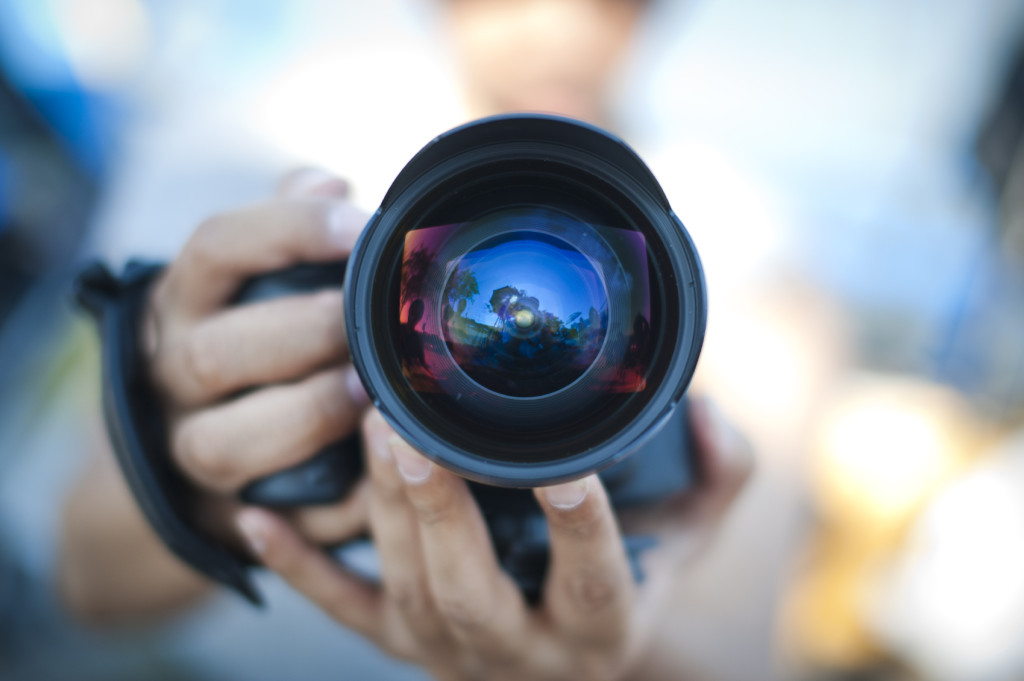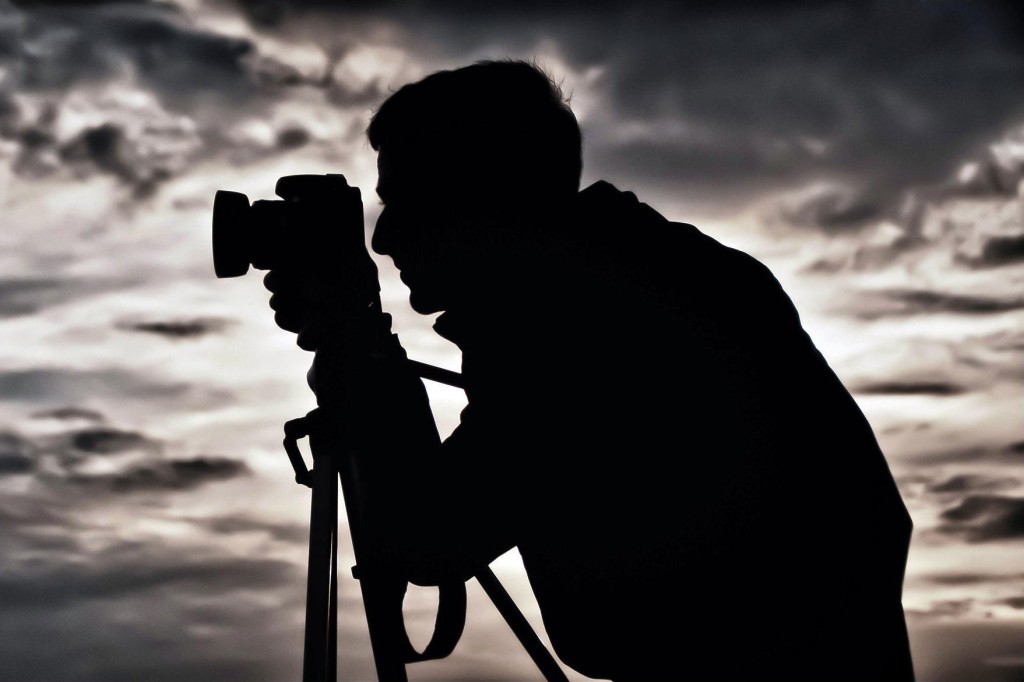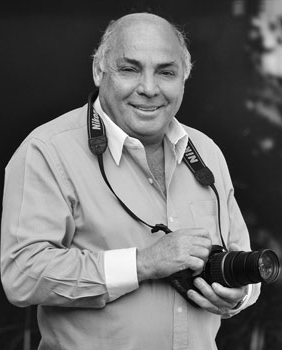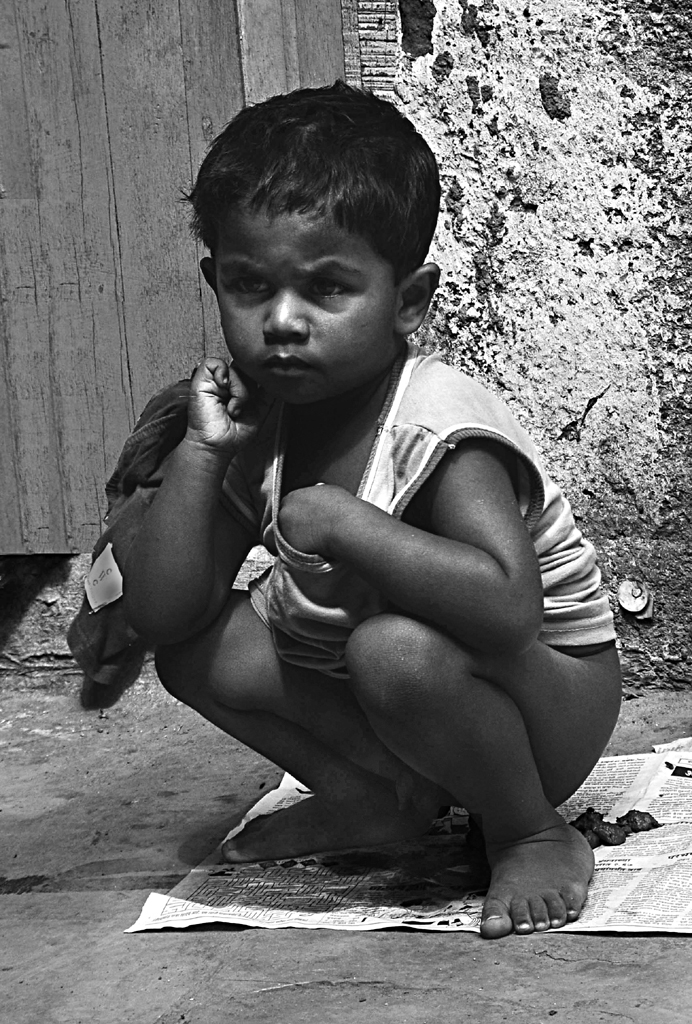Whenever I gaze upon a strong photograph, I cannot help but feel a sense of connection to the beliefs, passion, and goals that that an artist had for his or her own work. Their work, while simple in its time, becomes a universal language understood by all who gaze upon it. Since I started photography, I have become completely infatuated by the overall presence that a camera and a photograph can have on a group of people. While as much as I can focus on the photo itself, photography encompasses an entire community that connect, teaches, and learns after every click.
Below, I have highlighted five of the big takeaways from my experience as an amateur photographer. One thing you need to keep in mind is that we are a community. We look to engage others not just by the story of our work, but also by the process of capturing our art.
1. Networking with Everyone
When it comes to photography, you are constantly networking each and every day. Beyond your overall travels, you will come across a variety of people. Be it photographers, mentors, models, subjects, art directors, or stylist, the possibility of connections are endless. While there are some of those who you will never see or speak to again, you never know when that right connection will be made. It may be a mentor that can help develop your skills as a photographer or a subject that can become a lifelong friend and partner for your work in the future. Regardless of the reason, take advantage of your connection and continue to build upon it.
2. Talk to an Expert
Similar to that above, photography can oftentimes be a frightening hobby to undertake, especially if you are new to the scene. As you are networking, make sure you answer a variety of questions. This can be either in person with a professional or on an online format. Regardless of whom you are speaking with, try and pull as much information as possible, especially from the veteran photographers. Those ten minutes of conversation can be more valuable to your growth and development as a photographer than any book or video tutorial.
3. Out in the Open
The best part of photography is that anything can be your subject. This is your chance to experiment with different topics and scenes. Go beyond your comfort zone and test out a variety of photos. The only way you can grown and improve as a photographer is by practicing your technique each and every day. In addition, by going out, you will be able to develop your own style and technique for your own personal photos.
4. Inspiration
No matter who you are, there will always be an underlying motivation of why we decided to pick up our cameras. Many people do it for the love of the job. Others do it for the love of the subject. Whatever your reason is, make sure you continue to push that fire and passion each and every shot. A good solid way to do this is to pre-plan a theme or concept you want to capture. Start off by thinking of emotions. Are you looking to express anger or happiness in your piece? If you have an answer, why do you want to express that? By answering these questions, you will be able to decide on which subject you want to capture for that day.
5. State of Learning
Even with years of experience, I still find myself learning new trick, approaches, and techniques to further enhance my style. With photography, the hobby continues to evolve with the advancement of technology. Because of this, there is always something new to learn to better improve your shots each and every day. These type of moments are those that force photographers out of their comfort zone and inspire and motivate them to shoot each and every day.








